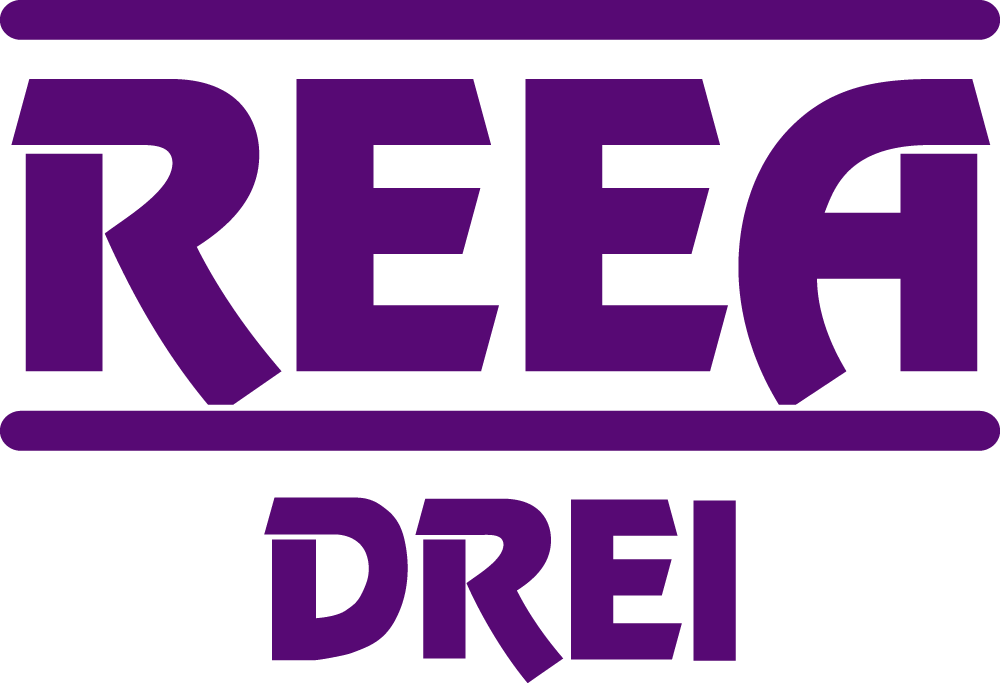How I Went From Being A One Person School To A Market Leader. All Thanks to REEA.
The year after REEA was started, a fellow instructor in Kansas City called me and asked if I was interested in attending a REEA conference. I responded affirmatively and that was what gave me the opportunity to meet the people that taught me how to actually have a successful career in real estate education.
I met national speakers that were willing to teach me how to speak. I met high level teachers that taught me about the difference between speaking and teaching. I met national authors that were willing to teach me how to write. I met regulators that taught me how to work with regulators. I met academics that taught me how to work in academia. Most of all, I met real estate school owners from across the country that taught me how to successfully run a real estate school. Prior to that, I kind of thought that being an outstanding teacher was the most important thing for me to master if I wanted to have a career in real estate education. They taught me that if I wanted to be anything more than an hourly instructor, I needed to learn how to run an education business. That meant that I had to change my attitude. I learned that I could never have a successful school unless it was also a successful business. I had to learn how to be profitable in order to use those profits to develop a school that truly taught others to be successful in a real estate career. And where did I meet those people? REEA of course.
That was long ago but today the basics are still the same. I learned that coming to a conference once a year wasn’t nearly enough for me to become a professional. I needed to come year after year. I needed to become a “giver” more than a “taker.” I needed to work on committees (at least one per year). Not only did I learn about the work but I became acquainted with the people that were far ahead of me at that point in my life. I learned that usually the higher they were in the real estate educational community, the more willing they were to help those of us that were still trying to get a foothold in what we needed to do. That still surprises me today. It is, however, just as true today as it was then. The trick is to get yourself in a position where you will have opportunities to “hang out” with them.
Where are these hangouts? Well, let’s start with the REEA conference itself. We usually start off with some type of welcome reception. Make sure you GO. It doesn’t matter if you don’t know anybody. There are a lot of people just like you. Introduce yourself to someone. You’ll be amazed at how interested they are in finding out about you. Usually after the reception, we head out to do dinner in groups. If you did the introductions I just spoke of, you will most likely be invited to come along. Heck! Quite often one of the big shots will even pay for dinner. How can you go wrong with that?
The next morning at the conference programs, when you walk in and see people seated throughout the room, go sit by one of the people that you met last night. Don’t go sit over on the side by yourself.
When REEA asks for volunteers to serve on a committee, VOLUNTEER. That’s how you develop the relationships that will serve you well as you progress on your real estate education career. You will never go to the top by being a TAKER. You must become a GIVER. It’s kind of funny, but the more I gave the more I got back. I don’t really know why that works but I know it does.
Attend as many workshops as you can, even if they are not REEA related. You will learn so much. As you continue I suggest you work hard toward becoming a DREI “Distinguished Real Estate Instructor”. Don’t just worry about getting a designation. Absorb it. Make it part of you. If you can apply the DREI criteria to yourself in your classroom on a continuous basis, you will never be the same instructor you are now.
Finally, don’t limit yourself to REEA. Attend an ARELLO conference. If not the national conference, go to a district conference. That’s where you will learn what the regulators really think of us in the educational community and learn what we can do to improve that too.
Attend a NAR conference. Find out what their members think of real estate education. Learn about the subjects they want to know. Then go back to your school and start implementing those programs.
So, after developing your REEA, ARELLO and NAR relationships, learning what the industry wants from you as an instructor, and becoming a DREI which will enable you to put that information into action, what’s left?
Frankly, not much. Just keep doing it over and over. In a few years when someone from REEA asks you to write an article on what REEA means to you, remember how you feel right now as you read this. Then go write your paper.



.jpg) About Bruce Moyer, DREI
About Bruce Moyer, DREI

